Goya's Madrid
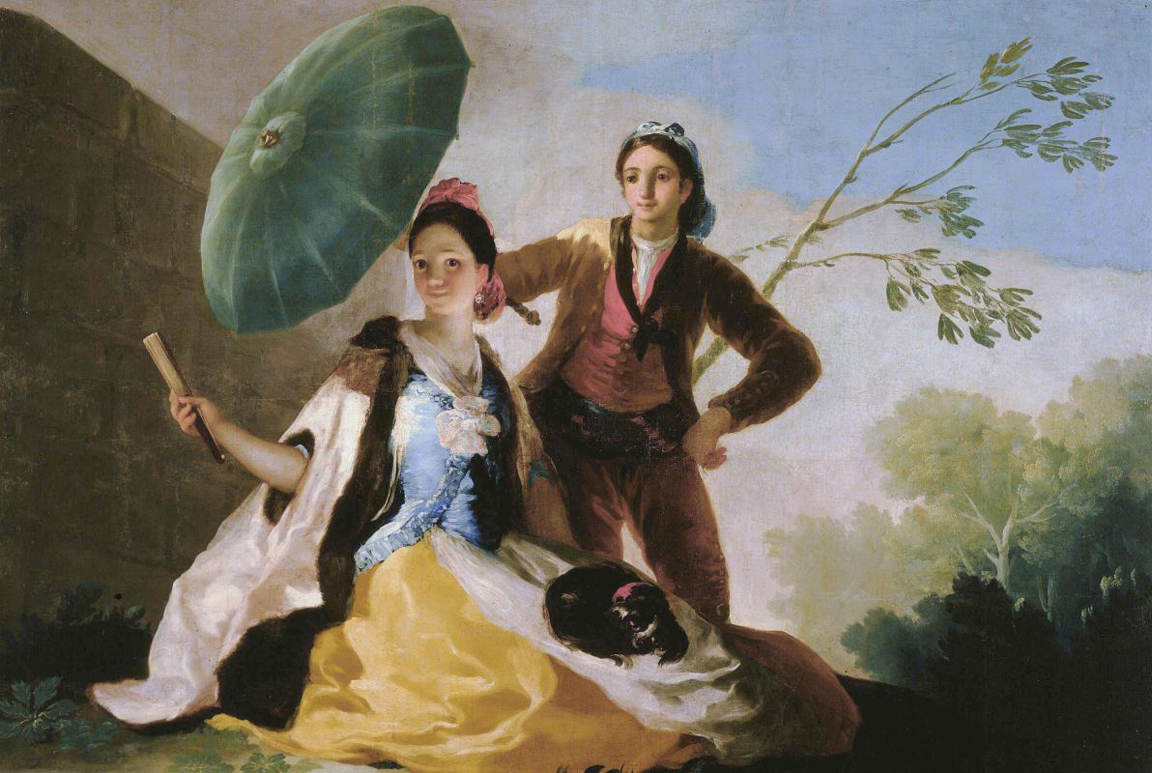
Francisco José de Goya y Lucientes (30 March 1746 – 16 April 1828) is one of Spain's - if not the world's - most influential artists. His paintings and prints encapsulate both the beauties and horrors of his time in a way perhaps no other artist achieved. (To get in the Romantic mind-set, think Beethoven's music, Mary Shelley's writing, and the Napoleonic Wars.) With his career spanning across the late 18th and early 19th centuries, Goya is often considered the last of the Old Masters and the first of the moderns.
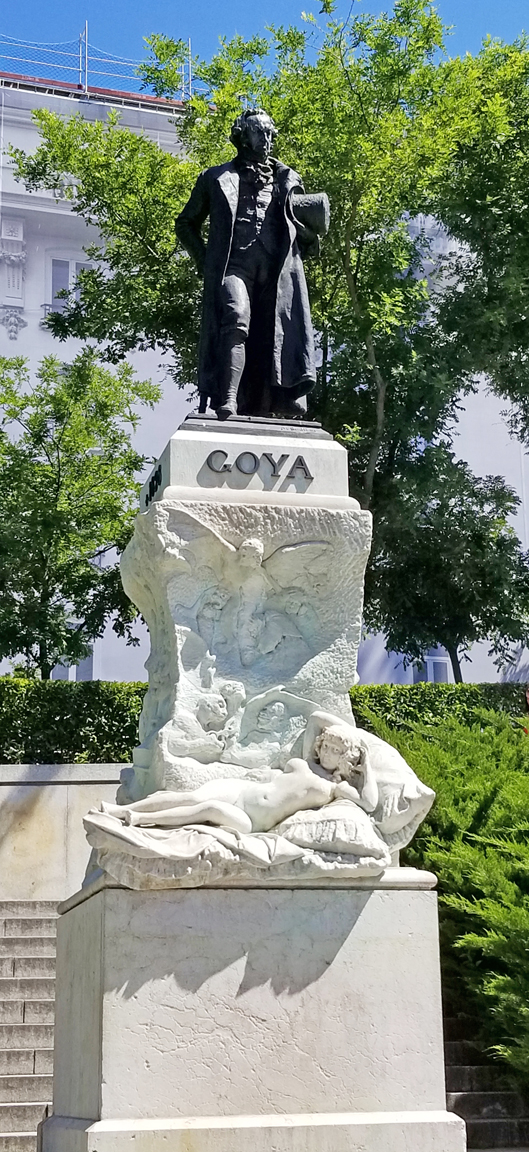

Goya was born in 1746 to a lower middle-class family in Fuendetodos, Aragón. From age 14, he studied painting, moving to Madrid to study with Anton Raphael Mengs four years later. He clashed with his teacher and was denied entry into the Real Academia de Bellas Artes de San Fernando. He briefly went to Rome to study classical art. Things started looking up for Goya when he returned to Spain and began to study under Francisco Bayeu, marrying the artist's sister, Josefa, in 1773.

Goya's brother-in-law helped him earn a commission to paint "cartoons" for the Royal Tapestry Factory. Creating a cartoon, or painting meant to be used as a guide for tapestry weaving, presents traditional artists with some unorthodox challenges - odd canvas dimensions, simplification of shapes, and strong interplay between light and color. Even in these early Rococo-style paintings - bright, cheerful canvases meant to decorate royal living spaces - you can see hints of the darkness that characterized Goya's later work. Today, you can still visit the Royal Tapestry Factory, see many of Goya's cartoons in the Prado, and see the tapestries based on his work at the royal palaces of El Escorial and El Pardo.
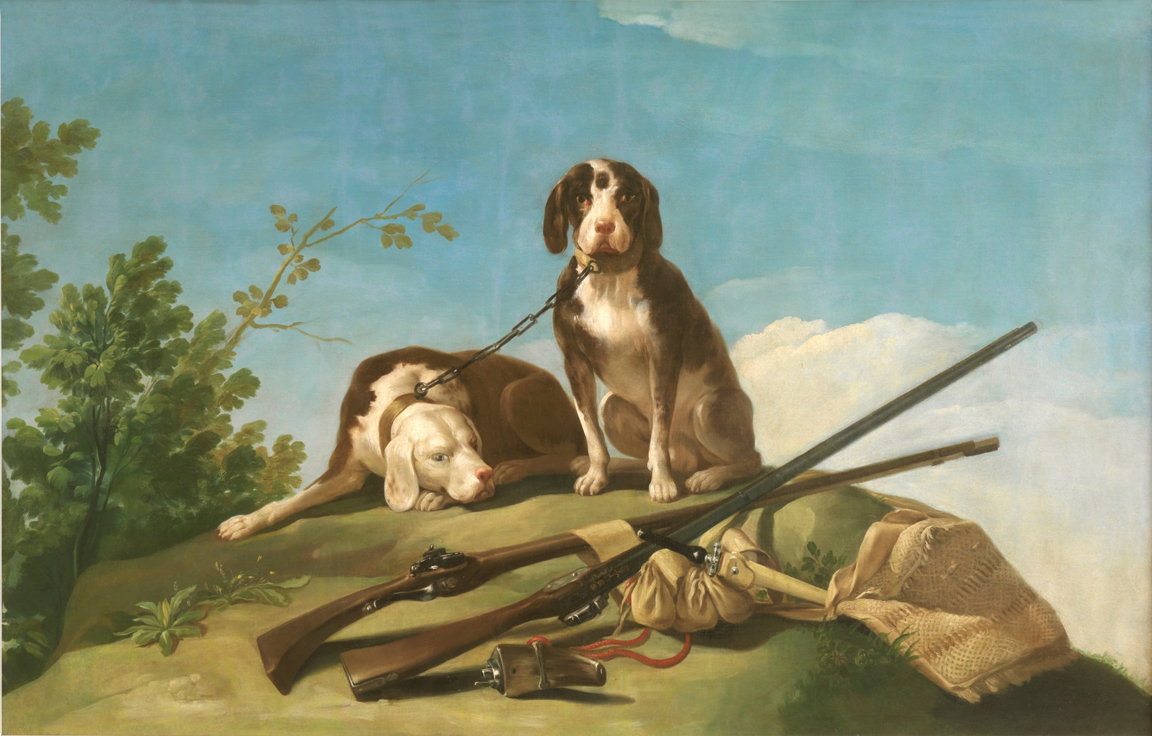

While earning money and popularity with these royal commissions, Goya used the royal galleries for inspiration, drawing especially from the work of Velázquez. During this period, Goya's wife suffered several miscarriages and Goya himself was often ill, the physical stress of painting large canvases draining his energy. He began to work on etchings - this smaller art form allowed him to express his imagination and thoughts on current events and political movements. He was finally admitted as a member of the Royal Art Academy after finishing an altarpiece for the church of San Francisco El Grande. Today, you can see several of his portraits at the Royal Academy, many donated by his son or by the sitter themselves.


In 1789, Goya was appointed court painter to Charles IV; by the following year, he was the king's primary artist. His famous painting of Charles IV of Spain and His Family borrowed from Velázquez's grand portraits of the royals, but also depicted them in an unflinchingly realistic manner. Art historians still debate whether the work was meant to satirize or humanize Charles and his family. You can judge by yourself for visiting the painting in the Museo del Prado today. Goya also began a friendship with the nobleman Manuel Godoy, who commissioned several pieces from Goya which were to become masterpieces, possibly including the risqué (for its era) La Maja Desnuda. (The painting was confiscated by the Inquisition for about 20 years.)

Goya suffered a severe and undiagnosed illness in 1793 which left him deaf. The tone of his work became darker and he began to tackle new subjects as physical and metal illness plagued him. He began a series of aquatinted etchings that showed the darker side of a society, while continuing to create grand paintings for the church and the royals. These etchings were published as Los Caprichos, starting in 1799. Two of Goya's most notable paintings from this era, The Witches Sabbath and Las Brujas, are on display at the Lazaro Galdiano museum. At the museum, you'll also find a frescoed ceiling that imitates and celebrates some of Goya's most famous works.



In 1808, as Goya's health continued to decline, the French army invaded Spain. Napoleon's brother was installed on the Spanish throne and while Goya continued to produce work for the "royals" and remained neutral during the fighting, he later called on the horrors of the Peninsular War in his painting The Third of May, 1808. This painting and Goya's etching series The Disasters of War are some of the most disturbing depictions of war ever created, and seem to echo Goya's concerns for the health and sanity of both his country and himself.
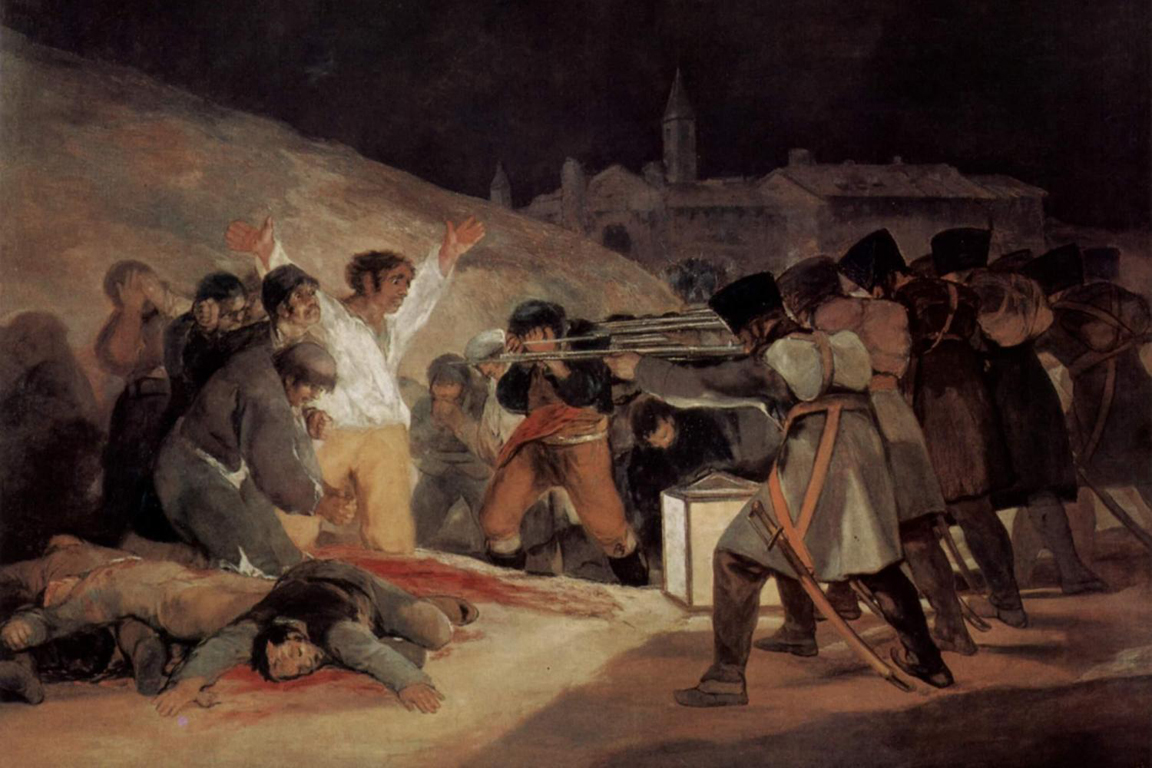
In the late 1810s, Goya moved to a farmhouse on the outskirts of Madrid. Locally, it became referred to as the Quinta del Sordo, or House of the Deaf Man. Here, Goya lived and worked in isolation. As the Bourbon monarchy was restored, Spain had retreated into a more medieval, clerical society, one Goya wanted no part of. At the Quinta del Sordo, he created his Black Paintings, directly on the walls of the house. The collection is full of dark, disturbing images of witches, Greek gods, the warring, elderly, and infirm. Today the majority of these paintings are on view at the Prado.


In 1824, Goya left Spain in the company of his much younger maid, Leocadia Weiss. They moved to Bourdeaux, France, where Goya lived out the last few years of his life. He died at age 82, on April 16th, 1828. His body was later exhumed in France and reburied at the church of San Antonio de la Florida, which he had decorated with frescos thirty years before.
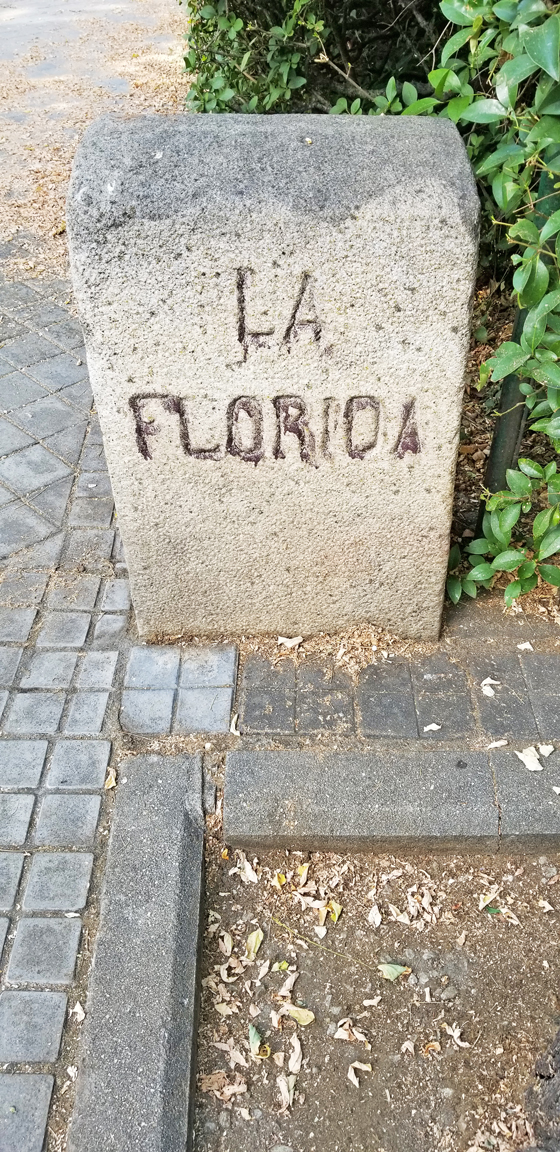


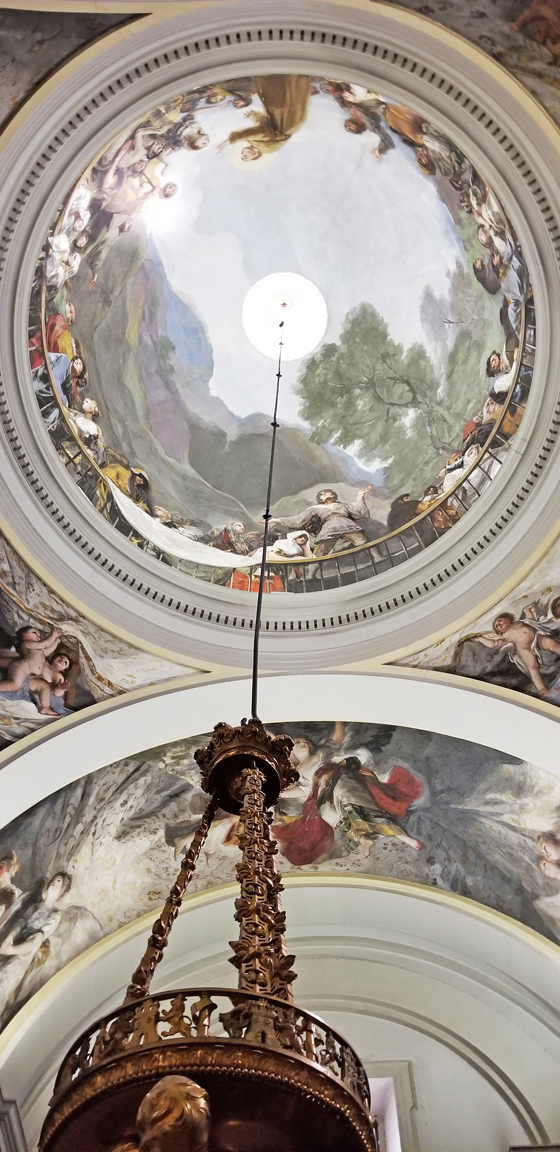
The church of San Antonio de la Florida is rather out of the way, but still easily reachable from the city center and nearby the Parque Oeste (just don't try to walk between the two, as I did, and ended up in a super sketchy neighborhood). Despite the trek, I was so glad I went. The small chapel is absolutely stunning. Goya's dramatic contrasts, rich pastels, and fluffy brushstrokes really seem to hit an apex here. While I've always been more interested in his exploration of darker subject matter, the angels and saints that decorate the ceiling at San Antonio provide a perfect complement to Goya's devils and witches - not too far removed from one another in terms of color or composition, but by mood and intent, summing up two sides of the master artist.




Comments
Post a Comment